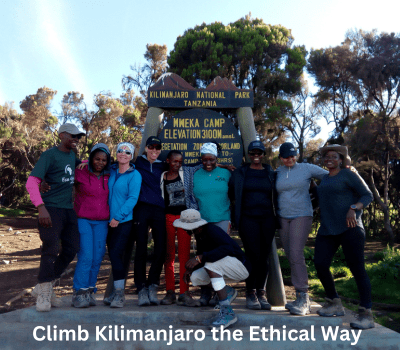How Physically Demanding Is Climbing Mount Kilimanjaro?
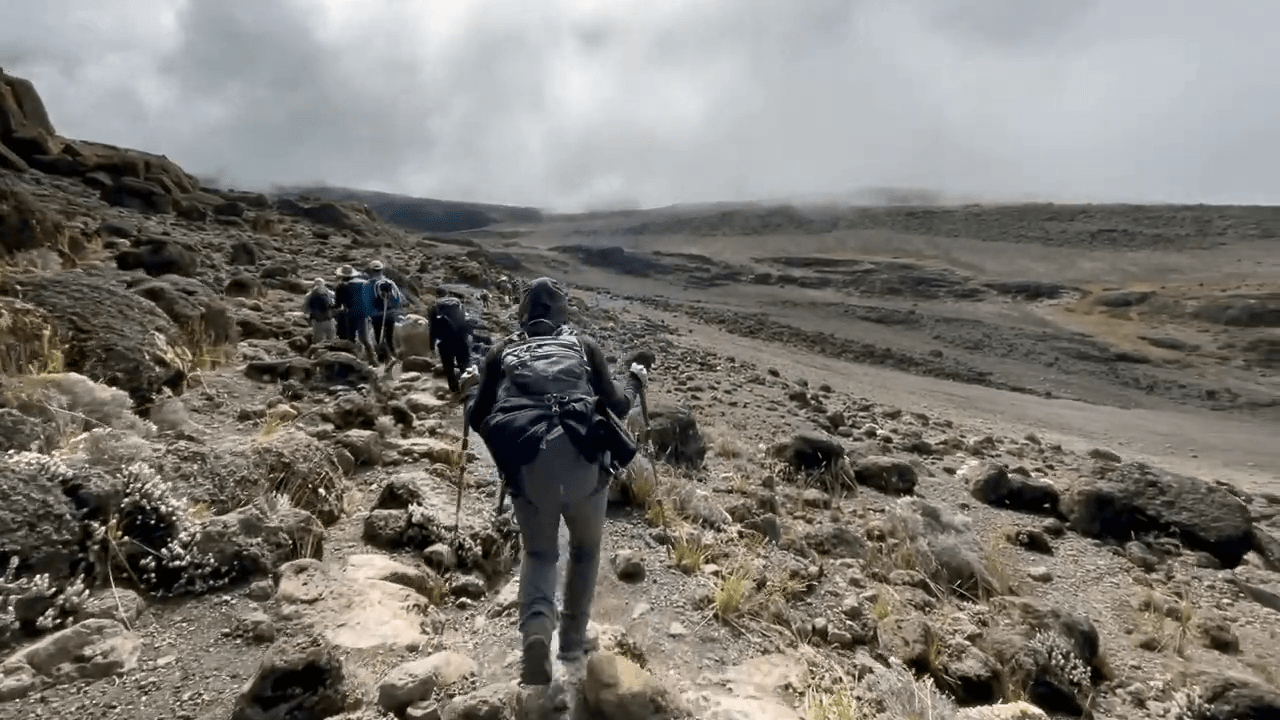
Mount Kilimanjaro is majestic, mysterious, and magnetic — it draws climbers from every corner of the globe. But let’s be honest: it also raises one big question for many first-timers — how physically demanding is climbing Mount Kilimanjaro? The short answer? It’s tough, but not impossible. You don’t need to be a marathon runner, but you do need preparation, commitment, and a strong mindset.
At Eco-Africa Climbing, we’ve guided thousands of people of all ages and abilities to the summit — from seasoned trekkers to absolute beginners. With the right route, proper pacing, and expert local guides, almost anyone in decent health can conquer Kilimanjaro. Let’s break it down.
What Makes Kilimanjaro Physically Challenging?
It’s Not the Terrain — It’s the Altitude
Kilimanjaro isn’t a technical climb. You won’t be scaling cliffs or using ropes and crampons. Most of the route is made up of well-trodden trails that require no special climbing skills. What makes it hard is the altitude — plain and simple. At 5,895 meters (19,341 feet), your body is working with 50% less oxygen at the summit than at sea level.
This reduced oxygen leads to fatigue, shortness of breath, and potential altitude sickness — especially if you ascend too quickly. Even fit hikers feel the effects. That’s why acclimatization is key, and why we offer longer routes to increase your chances of success.
Summit Night Is the Toughest
Ask anyone who’s done it — summit night is when it gets real. You’ll start around midnight after a few hours of rest, trekking for 6–8 hours through the dark and cold to reach Uhuru Peak. Temperatures can drop below -10°C (14°F), and wind chills make it feel colder.
This stretch is steep, high, and mentally challenging. But with warm gear, a slow pace, and our encouraging guides, you’ll find strength you didn’t know you had. Most climbers agree: it’s the hardest thing they’ve ever done — and the most rewarding.
Do You Need to Be Super Fit?
Not At All — But You Do Need to Prepare
Kilimanjaro is not just for elite athletes. We’ve guided people aged 10 to 75, including office workers, teachers, and even grandparents. The key isn’t being ultra-fit — it’s being consistent with your training. You’ll be walking 5–8 hours a day, often uphill, with a backpack. If you can handle a long hike back home, you can handle Kilimanjaro — especially on our well-paced Lemosho Route.
How to Train for the Climb
We recommend 8–12 weeks of light endurance training:
- 3–5 walks or hikes per week, gradually increasing distance
- Stair climbing or treadmill inclines
- Strength training (especially legs and core)
- Backpack walks with 6–10 kg (13–22 lb) to simulate trek days
Use our free Kilimanjaro fitness guide to get started. Remember — it’s not about speed, it’s about stamina. And we help you build it step-by-step.
Daily Trekking Distances & Altitude Gain
What You’ll Cover Each Day
Most routes involve hiking 5–15 km (3–9 miles) per day, with elevation gains of 500–1,200 meters (1,600–4,000 feet). It’s slow, steady progress. Here’s an example breakdown for the 8-day Lemosho Route:
| Day | Distance | Elevation Gain |
|---|---|---|
| 1 | 6 km | +400 m |
| 2–5 | 8–12 km/day | +600–1,000 m |
| 6 | Rest/acclimatization | +300 m (max) |
| 7 (Summit) | 12–14 km round-trip | +1,200 m up, -2,000 m down |
| 8 | 10 km | -1,200 m |
We plan each day carefully to balance challenge and recovery. And our guides monitor your condition daily to keep you on track.
How Altitude Affects Physical Performance
Less Oxygen = More Effort
At sea level, your body functions with 100% oxygen saturation. As you ascend Kilimanjaro, that percentage drops dramatically. At 5,000 meters, you’re working with about 50% of the oxygen you normally get — meaning your muscles tire faster, your breathing becomes heavier, and simple tasks feel harder.
That’s why our guides slow the pace and constantly remind climbers: pole pole (slowly, slowly). Moving too fast is the fastest route to altitude sickness. This careful pace is not just safer — it’s essential for success. We follow high-altitude protocols based on guidelines from trusted sources like the World Health Organization.
Understanding AMS and Recovery
Altitude-related fatigue is your body adjusting to thin air. Some mild symptoms are normal — like headaches, dizziness, or shortness of breath. But with a properly structured itinerary (like our 8-day Lemosho combo trek), most climbers adapt well and recover after rest and hydration.
We conduct twice-daily pulse oximeter checks to monitor your body’s reaction to altitude. If your oxygen saturation drops dangerously, our guides immediately implement safety protocols, including rest, medication, or descent.
Mental Strength: The Other Half of Physical Fitness
Why Mental Preparation Matters
Physical training gets you up the mountain — but mental strength gets you to the summit. Long trekking days, unpredictable weather, and summit night fatigue all test your willpower. Many climbers find that the battle is more mental than physical by Day 5.
That’s where our team shines. We motivate, encourage, and celebrate your milestones every step of the way. Our 7-star service includes more than meals and tents — it’s emotional support, daily check-ins, and keeping your spirits high, even when you want to give up.
Positive Reinforcement from Our Crew
From your first trek briefing to the final summit push, our local crew brings unmatched energy and positivity. They sing, share stories, and guide with heart. Our clients often say they felt like they were climbing with family — and that connection is what fuels your determination when the going gets tough.
How the Right Route Reduces Physical Stress
Longer Routes = Better Acclimatization
Don’t be tempted by short itineraries. While routes like the 5-day Marangu may seem easier, they offer poor acclimatization and high failure rates. The best route for reducing physical strain is the 9-day Northern Circuit — our highest summit success rate route due to its slow, circular path around the mountain.
Comparison of Routes for Physical Demand
| Route | Length (Days) | Demand Level | Success Rate |
|---|---|---|---|
| Machame | 7 | Moderate | 85–90% |
| Lemosho | 8 | Beginner-friendly | 92–96% |
| Northern Circuit | 9 | Best for acclimatization | 96–98% |
| Marangu | 5–6 | Most physically intense (poor acclimatization) | 70–75% |
Longer doesn’t mean harder — it means smarter. Giving your body more time to adapt reduces fatigue and increases your chances of summiting without incident.
Nutrition, Hydration, and Recovery: Fueling the Climb
The Role of Proper Nutrition
Climbing Kilimanjaro burns a serious amount of calories. Each day, your body needs fuel to power uphill hikes, stay warm in the cold, and adjust to thinner air. That’s why we serve hot, hearty, and balanced meals at every camp. Our menus include carbohydrates for energy, proteins for muscle repair, and fats to help sustain your strength — even when your appetite drops due to altitude.
We customize your food based on dietary needs — vegan, vegetarian, gluten-free, or high-protein — and keep you well-fed from the first camp to the last. Learn more about our mountain nutrition program.
Staying Hydrated to Beat Fatigue
Dehydration is one of the top causes of exhaustion on Kilimanjaro. At altitude, your body loses water faster through breathing and sweating. That’s why we recommend at least 3–4 liters of water per day. Our team provides purified drinking water every morning and reminds you to drink regularly during the trek.
We also serve warm soups, fruit juices, and electrolyte-rich drinks to keep your system balanced. Staying hydrated improves oxygen absorption, helps fight headaches, and makes every step easier.
Rest and Sleep Matter
Climbing is just half the equation — recovery is the other. That’s why we equip our camps with insulated mats, warm sleeping bags, and private tents to maximize your comfort. Our Kilimanjaro sleeping setup helps you get the rest you need to stay strong, day after day.
Women and Older Adults: Can You Handle the Climb?
Yes — Kilimanjaro Is for Everyone
We’ve guided women in their 20s, 40s, and even 60s to the summit. Age is not a barrier — mindset and pacing are far more important. Our special women-only group climbs empower ladies from around the world to achieve this bucket-list goal in a safe, supportive, and fun environment.
Older adults are also welcome. We tailor each itinerary to your ability and offer slower acclimatization options like the Northern Circuit to ensure your body adjusts without pressure.
Medical Clearance and Preparation
If you have pre-existing conditions or are over 60, we recommend a pre-climb medical checkup. Bring your doctor’s advice, and we’ll help design a route and pace that suits your health level. With the right support, climbers of nearly all fitness backgrounds can succeed.
How We Make the Demands Easier at Eco-Africa Climbing
Supportive Logistics = Less Stress
We believe you should focus on the climb — not the logistics. That’s why our team takes care of:
- All camp setup and takedown
- Cooking and cleaning
- Water purification and gear checks
- Health monitoring and altitude tracking
- Airport transfers and hotel bookings
You walk — we do the rest. That’s the Eco-Africa Climbing promise.
Fair Wages & Ethical Practices
As a proud partner of the Kilimanjaro Porters Assistance Project (KPAP), we follow their ethical hiring standards. We ensure porters carry fair loads, receive proper meals, and are outfitted with all required gear. When your crew is respected and taken care of, your climb becomes smoother, more joyful, and more meaningful.
Plus, as a 100% Tanzanian-owned company, your booking supports local communities, education programs, and conservation projects.
Conclusion
So, how physically demanding is climbing Mount Kilimanjaro? It’s no walk in the park — but it’s absolutely doable. With good preparation, the right route, expert guides, and the unwavering support of our team at Eco-Africa Climbing, this challenge becomes a triumph. You’ll push your limits, yes. But you’ll also discover strength you never knew you had.
It’s not about being the fastest or fittest. It’s about determination, pacing, and trusting your team. And when you reach that snowy summit and look out over Africa from 5,895 meters — you’ll know every step was worth it.
Let us help you make it happen. Book your climb with Eco-Africa Climbing today — and turn your dream into a summit story you’ll tell forever.
FAQs
Is Kilimanjaro harder than other treks?
It’s more demanding than most day hikes but easier than technical climbs like Everest. With no need for ropes or crampons, it’s accessible — but altitude makes it tough. Proper pacing and support make all the difference.
What’s the hardest part of the climb?
Summit night. You’ll hike in the dark, uphill, in cold conditions. But it’s also the most rewarding moment of the trek — and our guides help you get through it, step by step.
How do I know if I’m ready?
If you can walk 6–8 hours a day at a steady pace, you’re ready. Train in advance using our 12-week fitness plan, and we’ll help you every step of the way.
What route is easiest for beginners?
The 8-day Lemosho Route and 9-day Northern Circuit are best for first-timers due to their gradual ascent and high success rates.
How do I get started?
Visit our Kilimanjaro Booking Request page or contact us directly. We’ll help you pick the perfect route, prep your training, and organize everything for an unforgettable adventure.
Share:
Related Posts
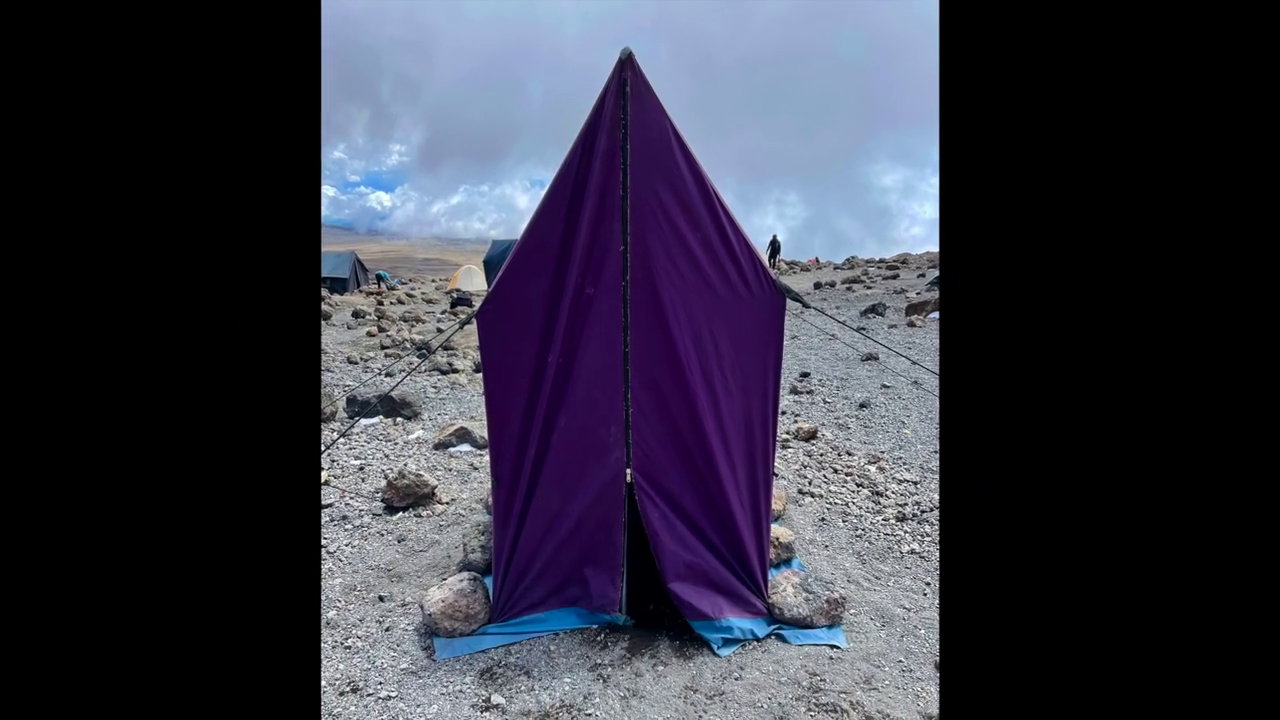
bathroom on mountain kilimanjaro
Bathroom on Mountain Kilimanjaro: What to Expect and How to Prepare Introduction One of the most common — and least discussed — questions from people
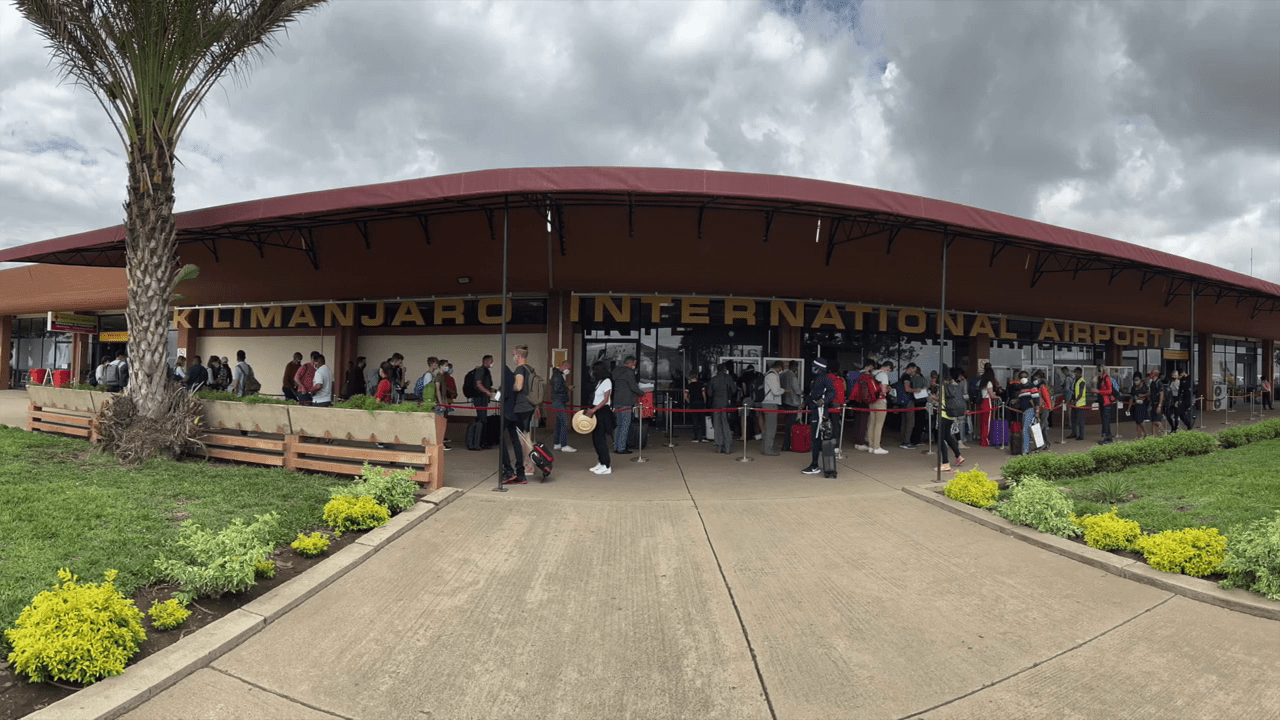
Are Guides Readily Available in Tanzania Without Prior Booking?
Are Guides Readily Available in Tanzania Without Prior Booking? Introduction: Should You Risk Climbing Without Pre-Booking? Climbing Mount Kilimanjaro is a dream for many adventurers.
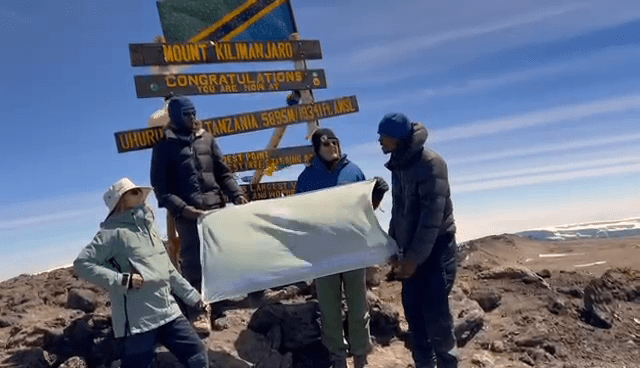
How Can I Find a Reliable Local Guide for My Kilimanjaro Expedition?
How Can I Find a Reliable Local Guide for My Kilimanjaro Expedition? Introduction: Why the Right Guide Is Key to Kilimanjaro Success Climbing Mount Kilimanjaro
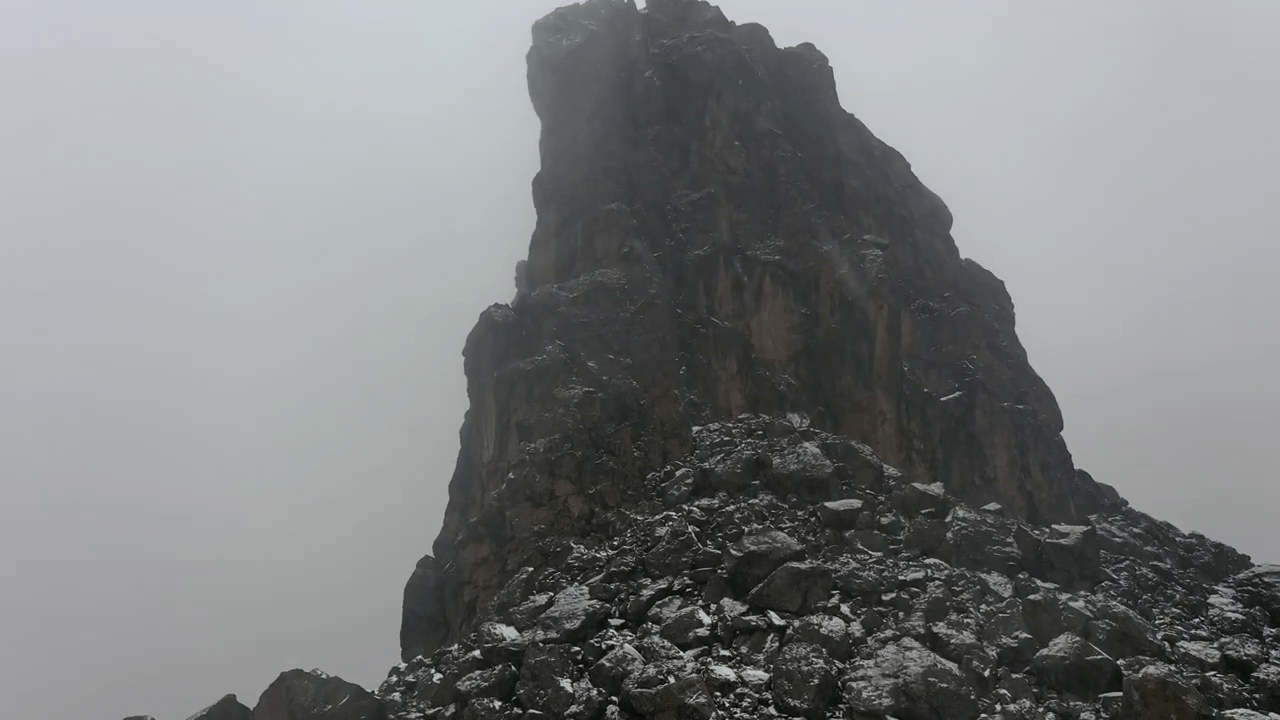
Is Climbing Kilimanjaro Dangerous for Individuals Without Mountaineering Experience?
Is Climbing Kilimanjaro Dangerous for Individuals Without Mountaineering Experience? Introduction: The Myth of Danger and Experience Many aspiring adventurers wonder if climbing Mount Kilimanjaro is
